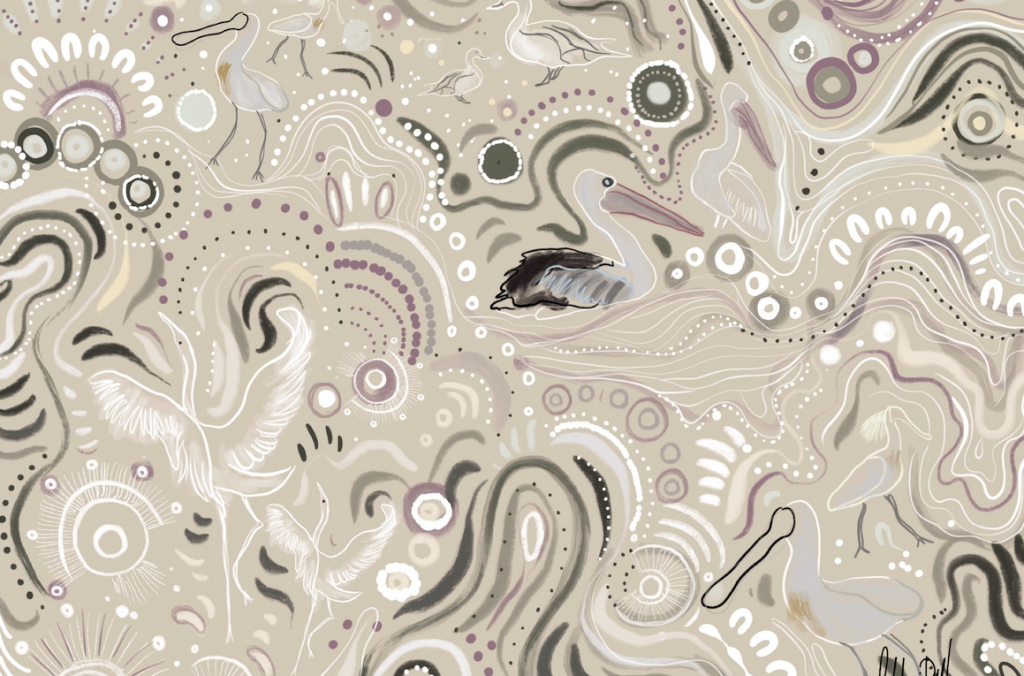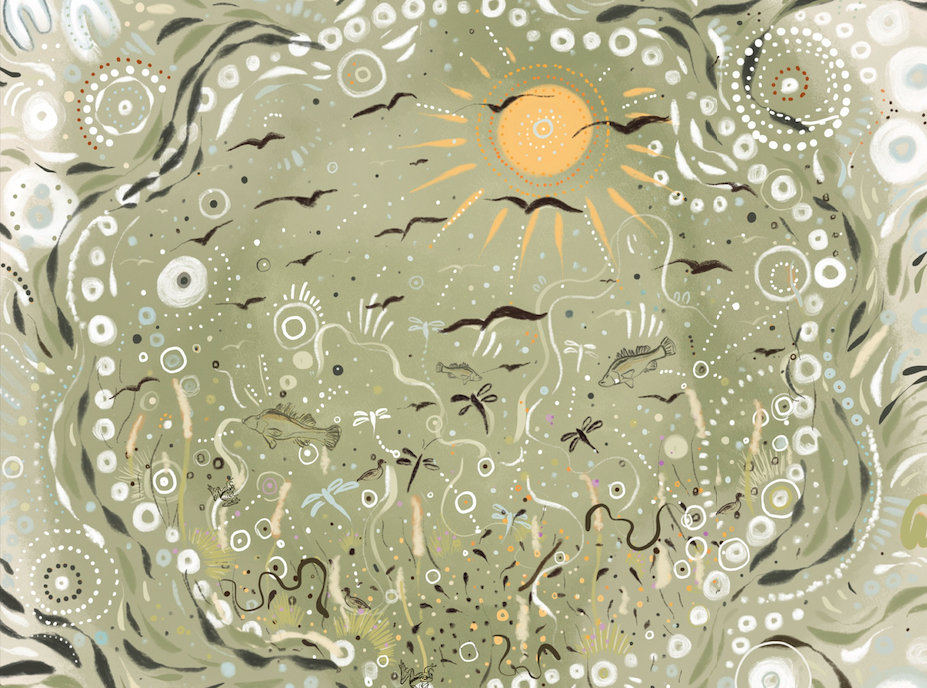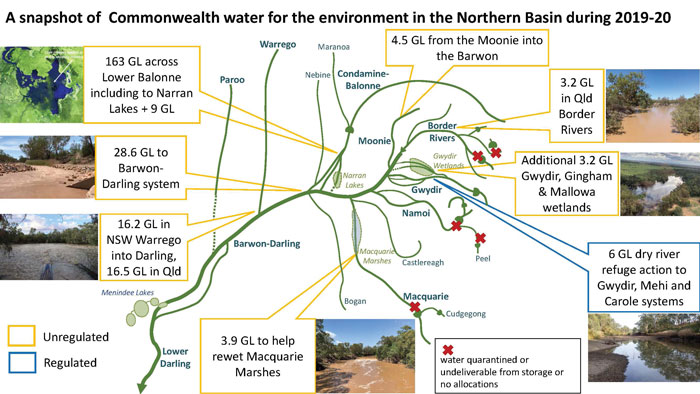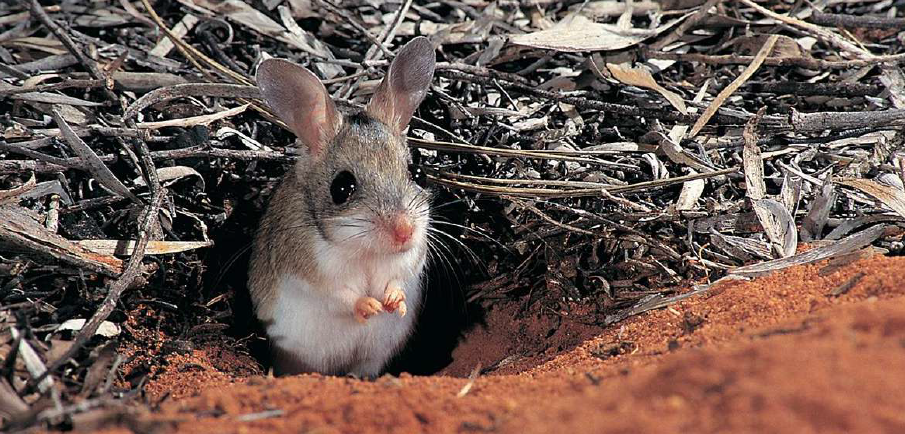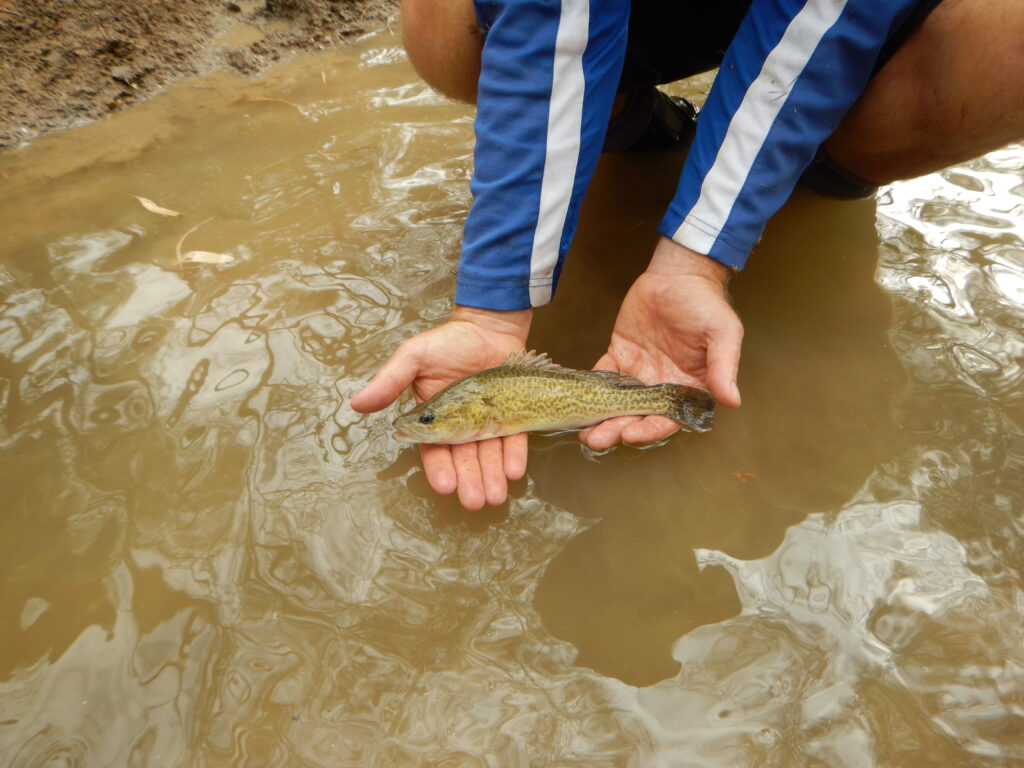Lakkari Art: Fish
Fish and rivers have been intimately linked for millions of years, and fish and humans for thousands. River conditions are reflected in the health of fish populations and communities; with variations to such aspects having implications for river-depenent Aboriginal Nations pre-European settlement, and today. We collaborated with Gamilaroi Yuwaalaraay artist, Lakkari Pitt, to help us portray the fish that inhabit the rivers we study. We love the artwork and stories she produced.
Read More


